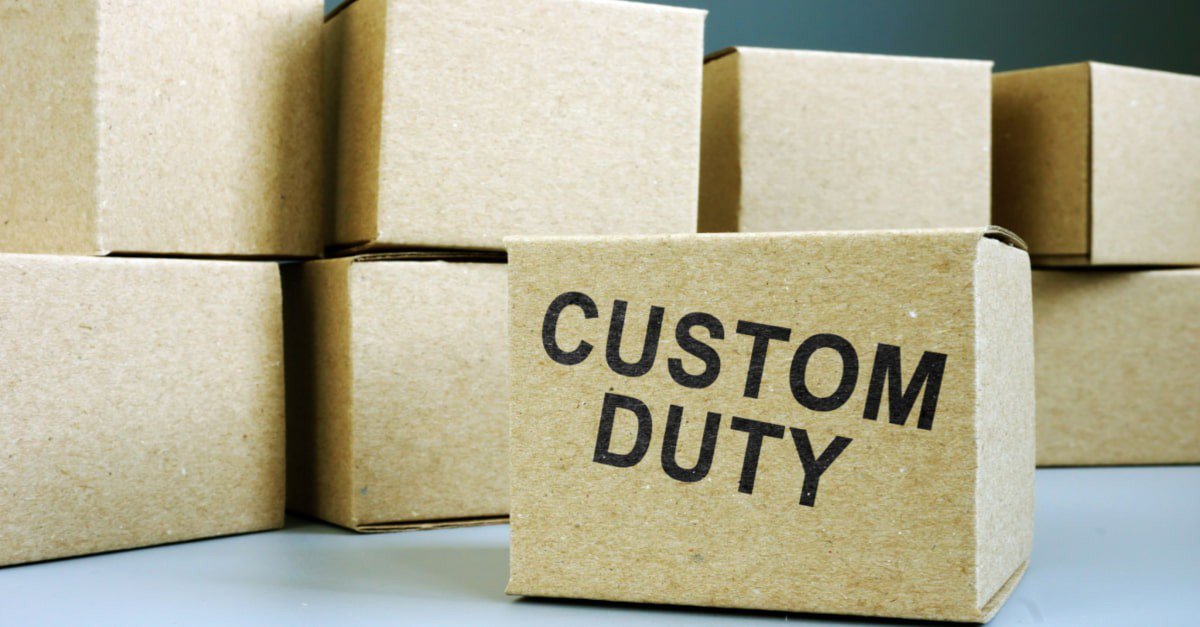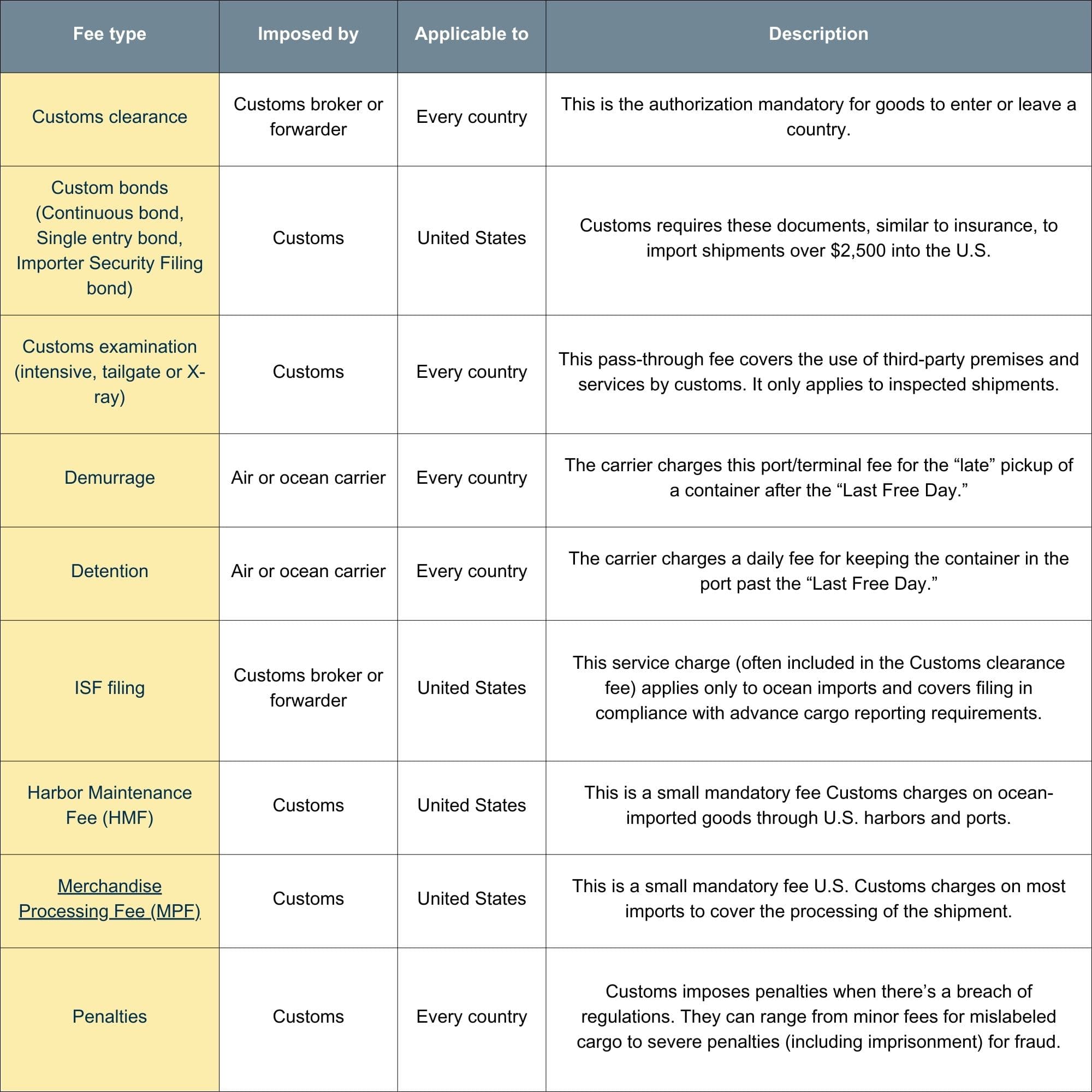ニュース What is the customs duty tax?. トピックに関する記事 – What is the meaning of customs duty

Customs duty refers to the tax imposed on goods when they are transported across international borders. In simple terms, it is the tax that is levied on import and export of goods. The government uses this duty to raise its revenues, safeguard domestic industries, and regulate movement of goods.Simple average applied Most Favored Nation (MFN) tariff for Japan, according to the WTO data, is as follows: All products — 4.3 percent. Agriculture products — 15.5 percent. Non-agriculture — 2.5 percent.How to calculate custom duty
| Category | Type of duty | Rate % |
|---|---|---|
| A | Price of an article | |
| B | Basic Duty of Customs | 30% |
| C | Social Welfare Surcharge | 10% |
| D | Anti-dumping duty | 0% |
%20banner_%E7%94%BB%E6%9D%BF%201.png)
What are customs tariffs and dutiesCustoms duties are imposed on imported goods levied on ad-valorem basis. 5% duty is imposed on goods imported from abroad excluding goods in transit to GCC countries. However, the duty varies on some goods according to the tariff.
Where do I pay customs duty
Customers are required to pay Customs Duty via the Icegate portal once the challan is generated. Key Benefits: 24*7 Net Banking available. Easy Payment with Corporate/Retail Net Banking.The import tariffs vary between 0% and 37.5 %, with 5.63% being the average. E-commerce purchases exceeding USD 2,500 will have a flat tariff rate of 3%. Textiles are the only exception. Duty will be incurred for goods in this category valued above USD 250.
Do I have to pay import duty from Japan
If you need to pay import duty on goods from Japan, you'll be contacted by Royal Mail (or your courier) and told how to pay. You'll usually have 3 weeks to pay any charges, before they send parcel back. As your parcel will be from outside the EU, you may be charged VAT or excise duty on it.

Any item whose overseas market value is under 10,000yen is free of duty and/or tax and is not included in the calculation of the total overseas market value of all articles.There is no duty-free allowance for articles having a market value of more than 200,000yen each or each set.
Which country has highest custom duty
With the prospect of increased tariffs looming, World Finance lists the countries that impose the highest charges on imported goods.
- 1 – The Bahamas (18.56%)
- 2 – Gabon (16.93%)
- 3 – Chad (16.36%)
- 4 – Bermuda (15.39%)
- 5 – Central African Republic (14.51%)
Customs value is how much the sender calculates their goods are worth. In essence, the commercial value. Declaring the correct amount when you calculate customs is vital for three reasons: To clear customs quickly and pay the correct import taxes or fees.The simple way to calculate a trade-weighted average tariff rate is to divide the total tariff revenue by the total value of imports. Since these data are regularly reported by many countries, this is a common way to report average tariffs.

Duty rates vary from 0 to 37.5 percent, with a typical duty rate about 5.63 percent.
How do I check my customs duty onlineGet information for E-payment Services website provides service to calculate the custom duty that will be charged on the basis of item description provided by user. It provides easy interface enter item description and finally provides custom duty as output.
Who pays import customsCommon examples include anti-dumping taxes, trade tariffs, export duties and excise duties. They're mostly in the form of import duties, which apply to goods entering a country. Who pays duties Most duties are paid by the importer.
How to calculate import costs from Japan
To calculate import duty rates for your shipment, multiply the taxable value of your shipment by the tax and duty percentage for Japan.

Goods imported into Japan are subject to Customs duty and consumption tax. In addition to consumption tax, certain other internal taxes (liquor tax, tobacco tax, etc.) are also applicable to dutiable imported goods.Depending on the type of product you plan to import, you will have to pay a customs duty on goods shipped from Japan if they are for commercial use. Certain goods are duty-free according to the harmonized tariff schedule of the U.S. (HTSUS), whereas other goods do require duty to be paid.The average tariffs on the dutiable portions were 18.7% for knitted or crocheted clothing, and 15.8% for non-knitted or crocheted items – the two highest average rates out of 98 broad import categories.
